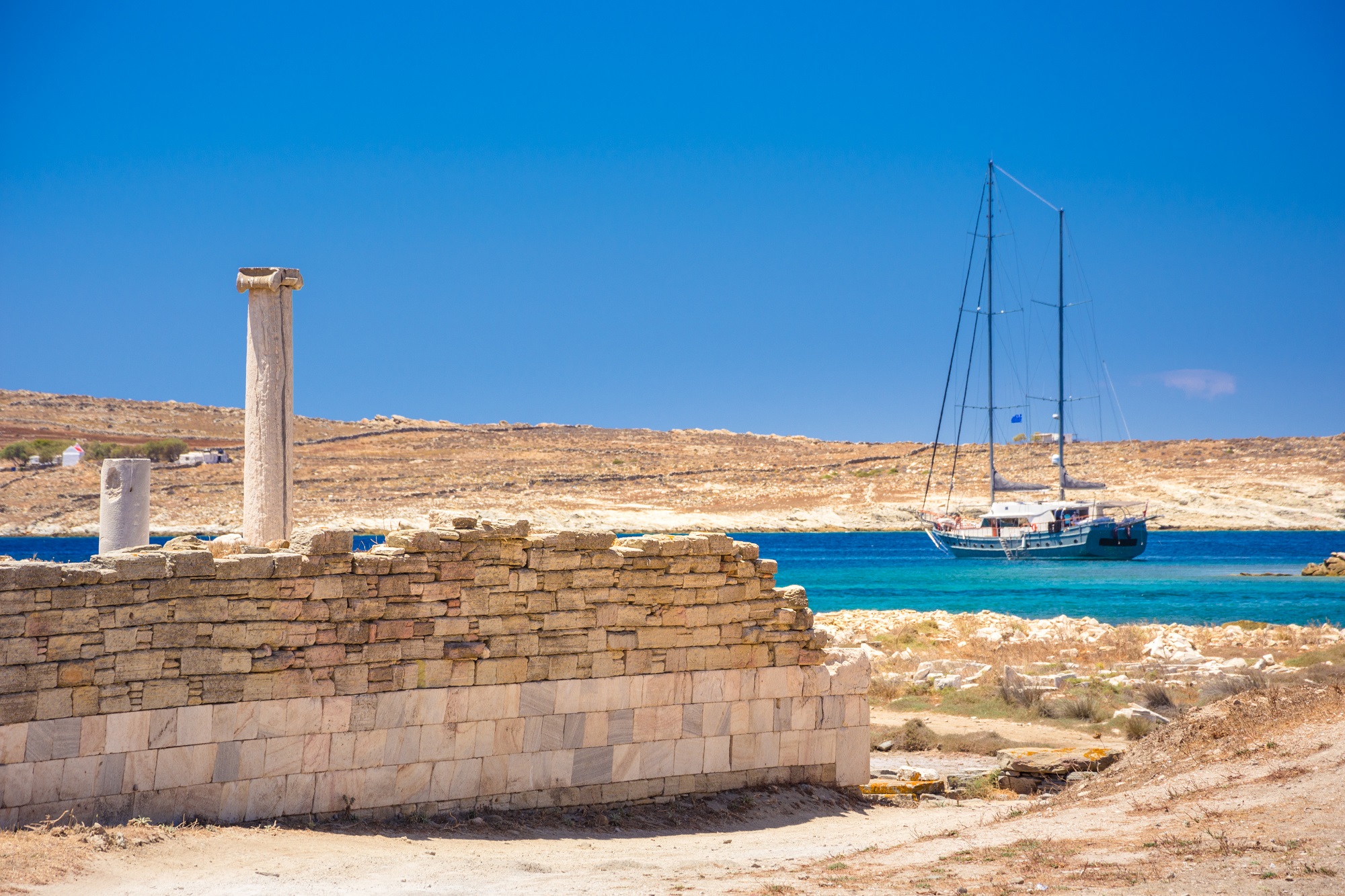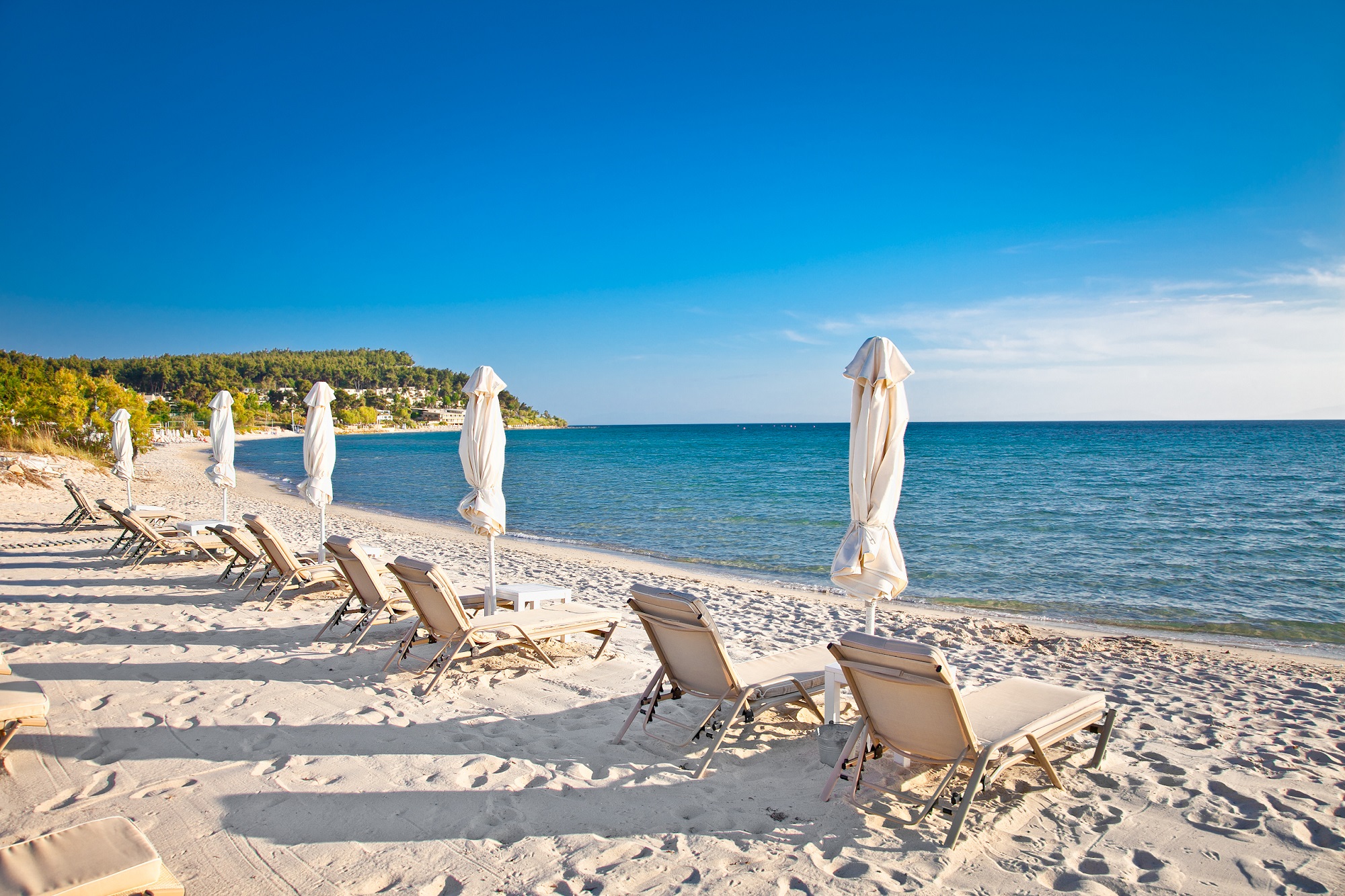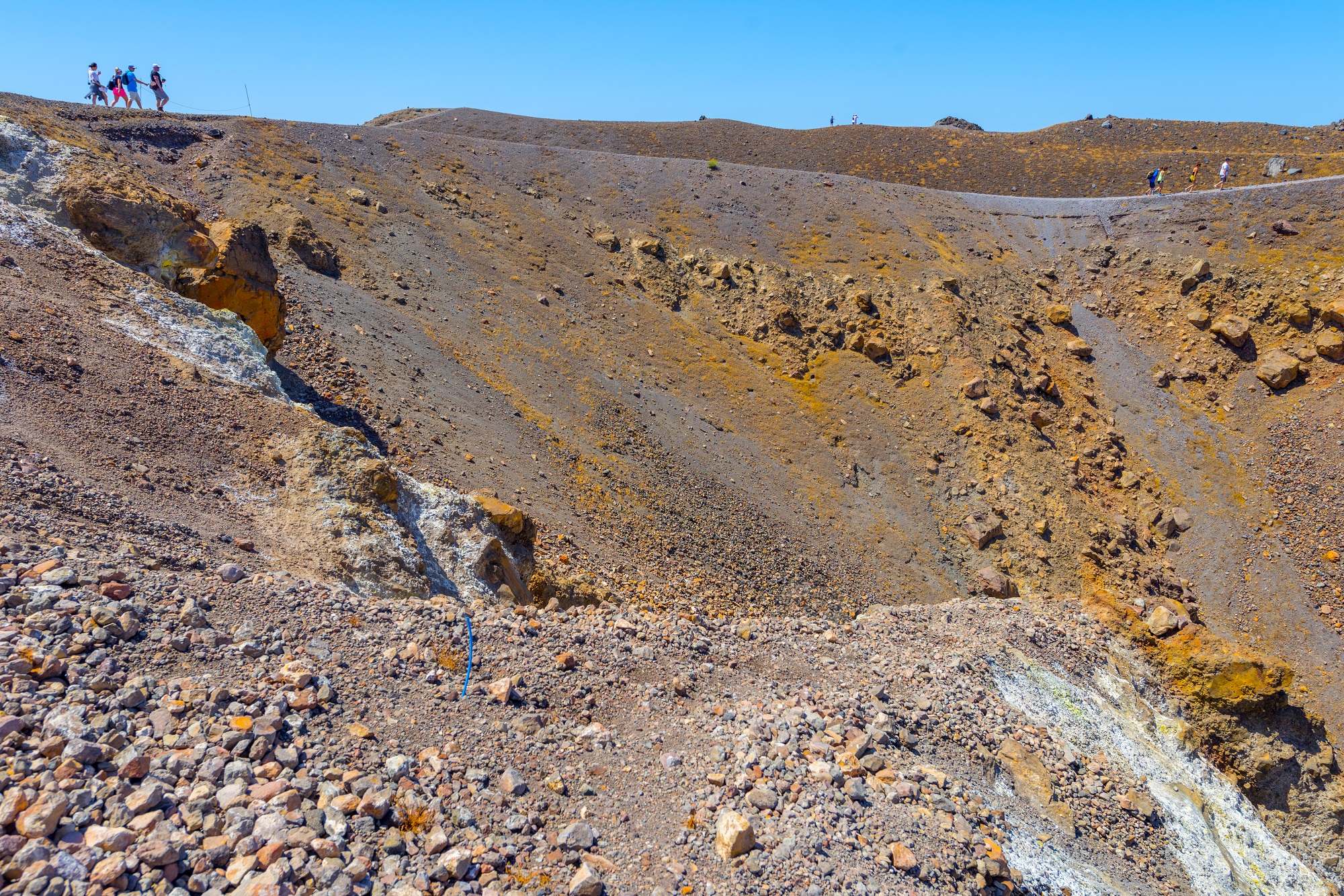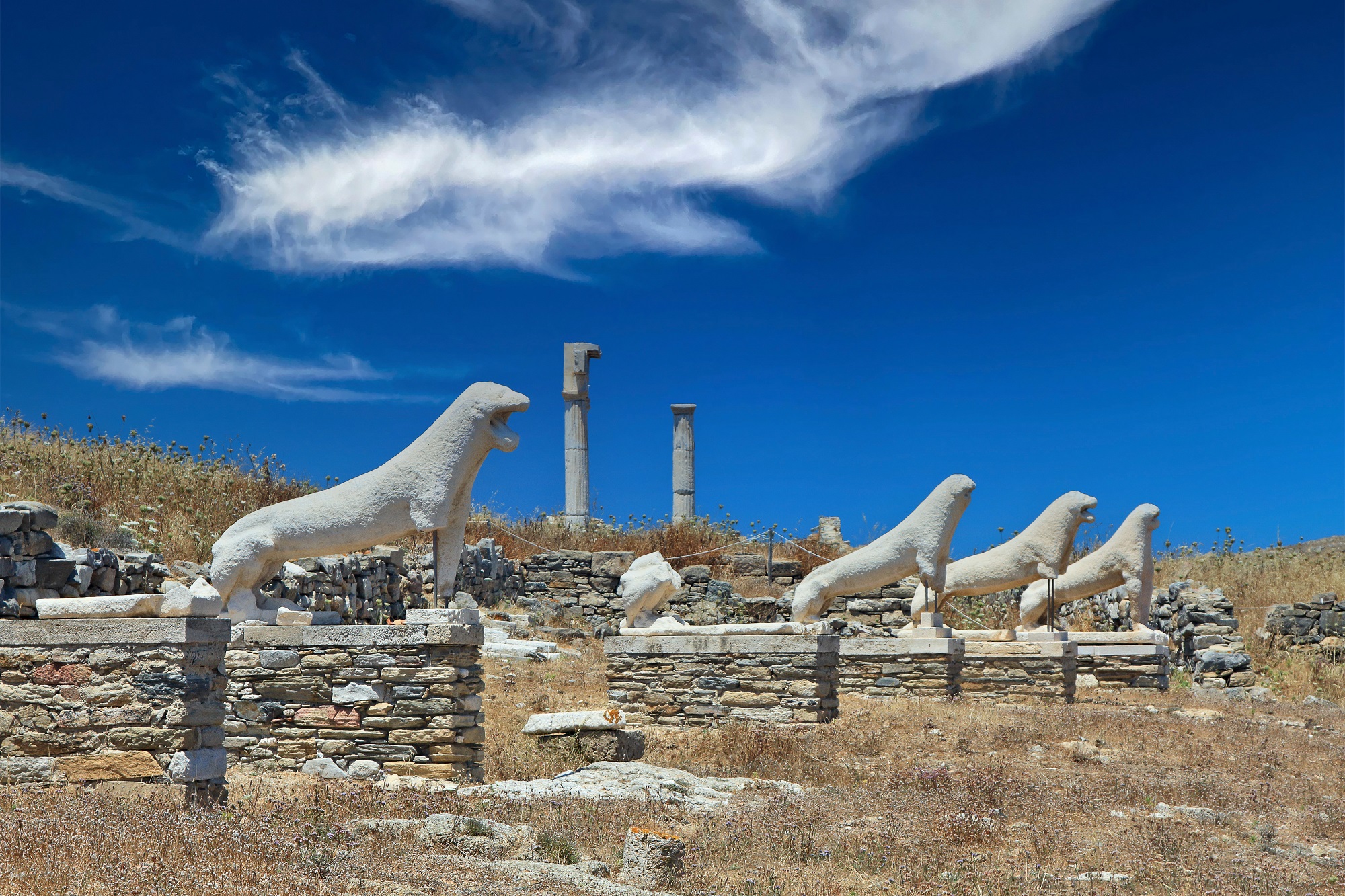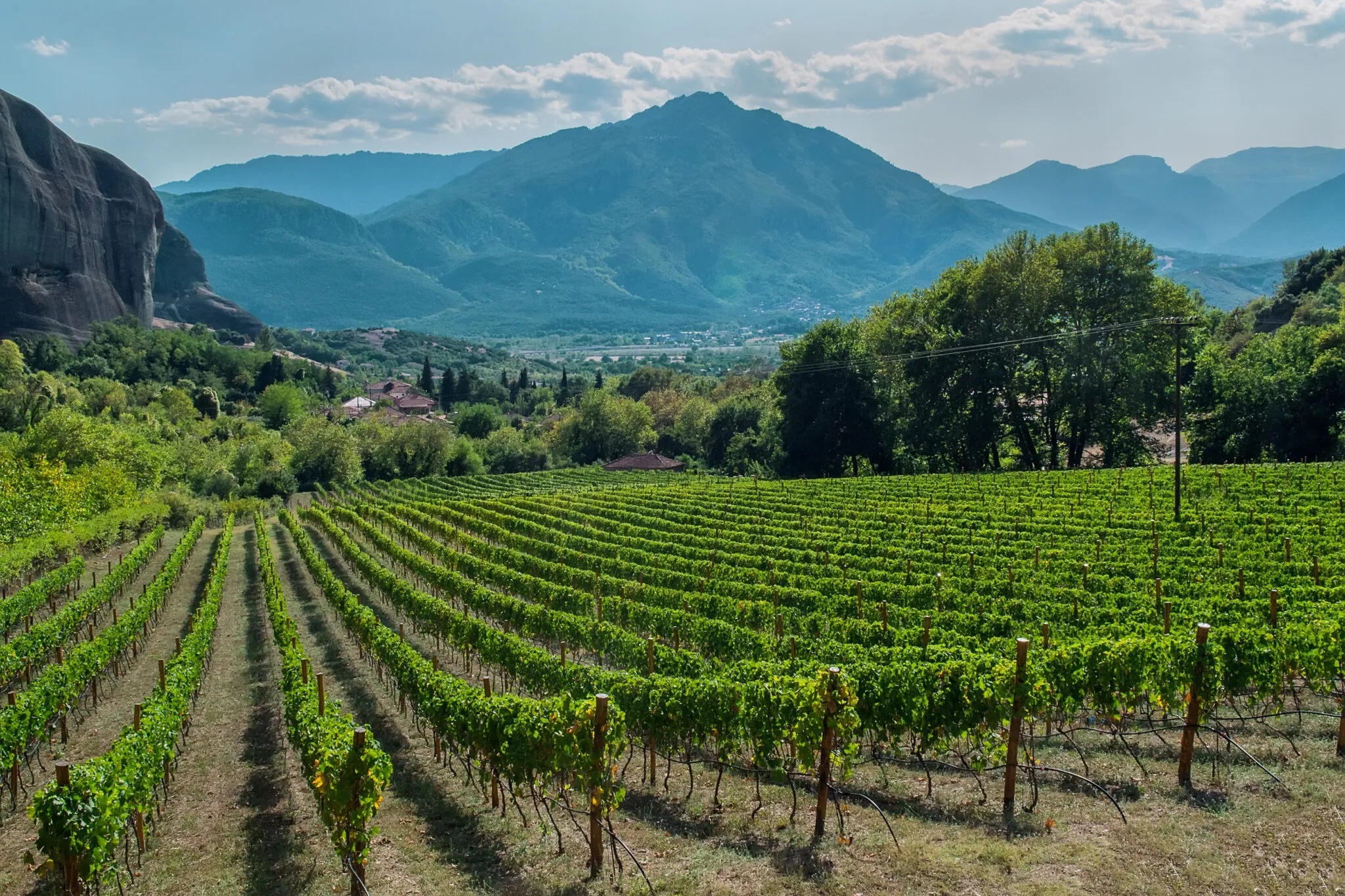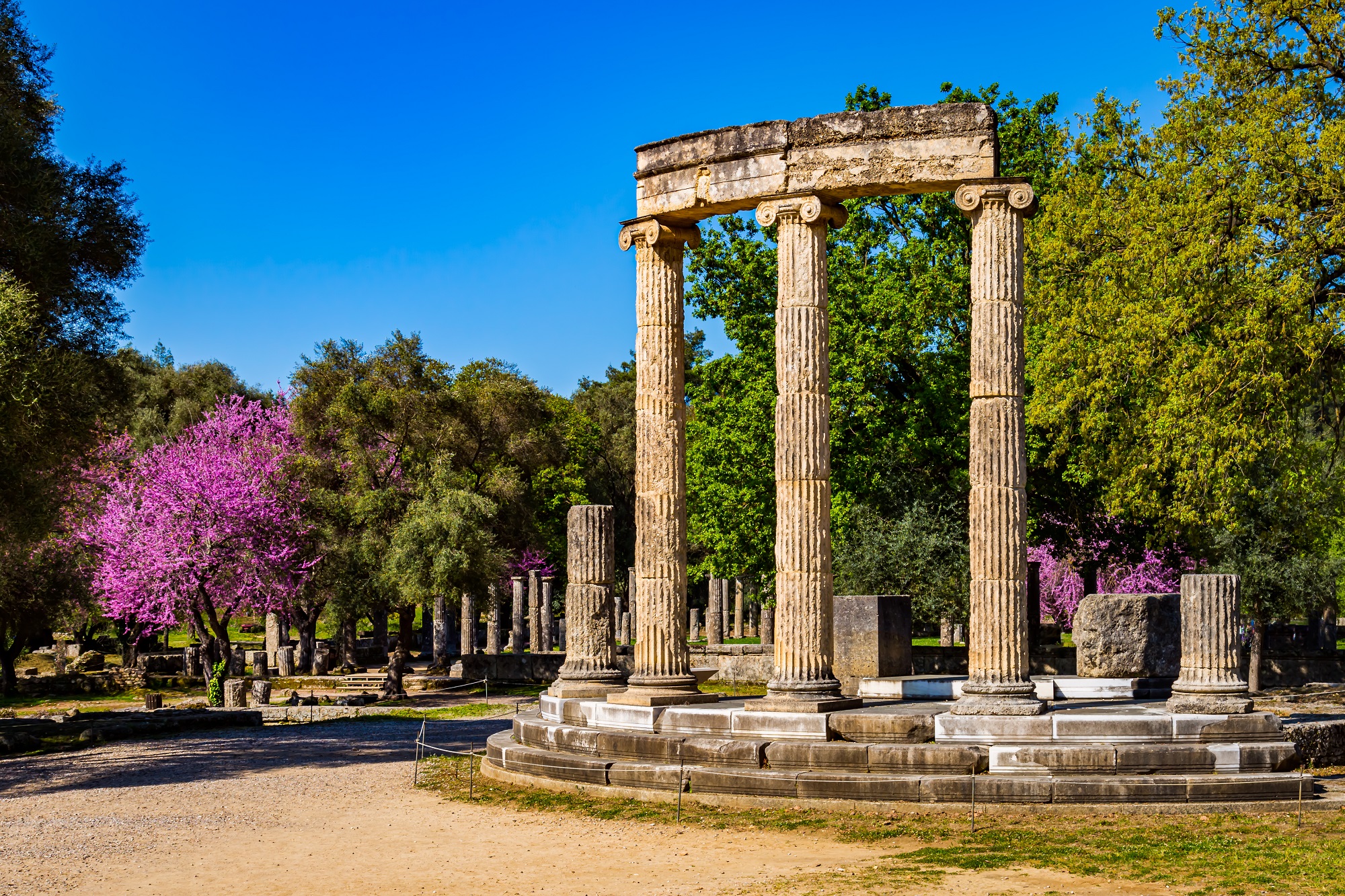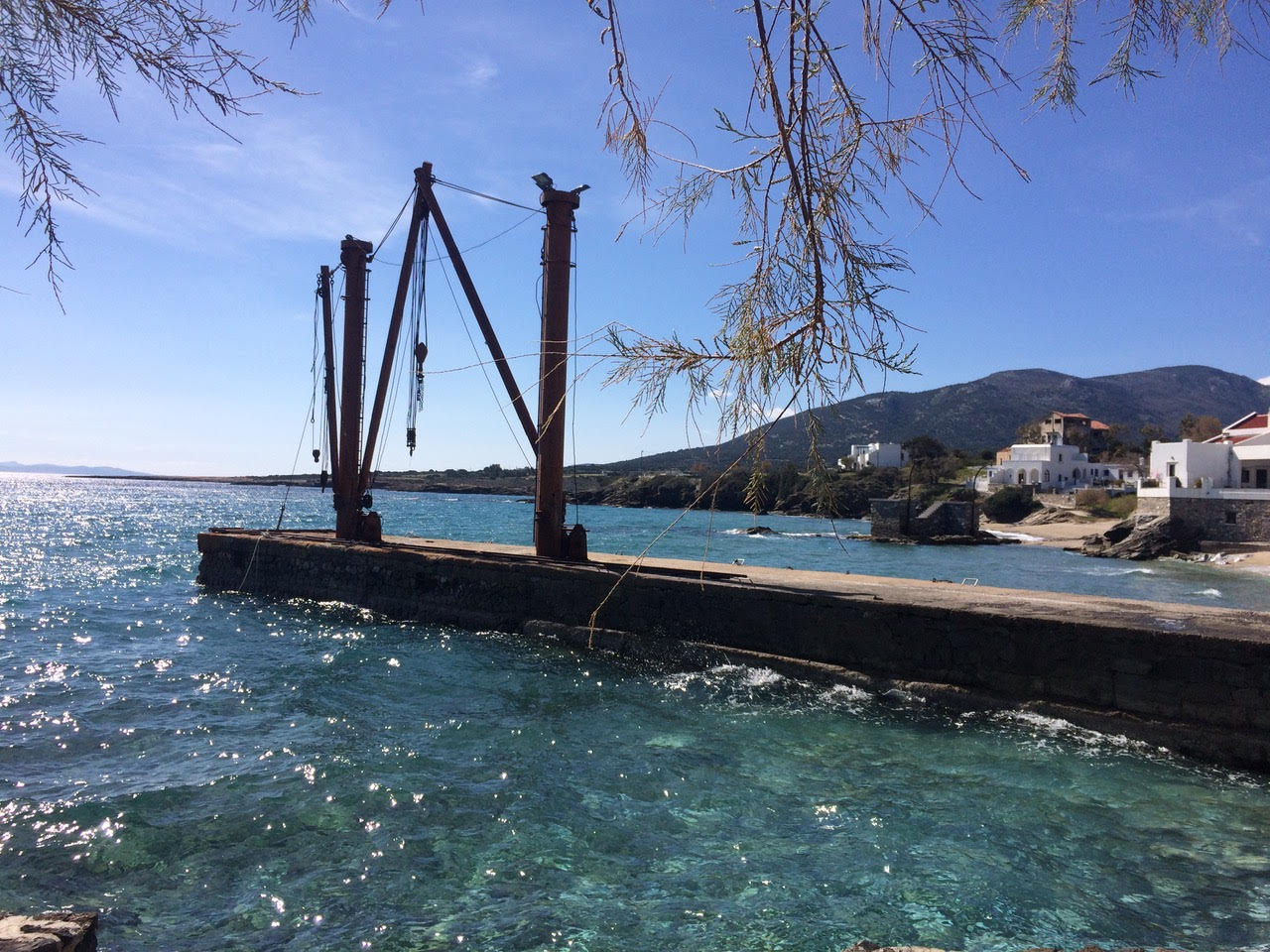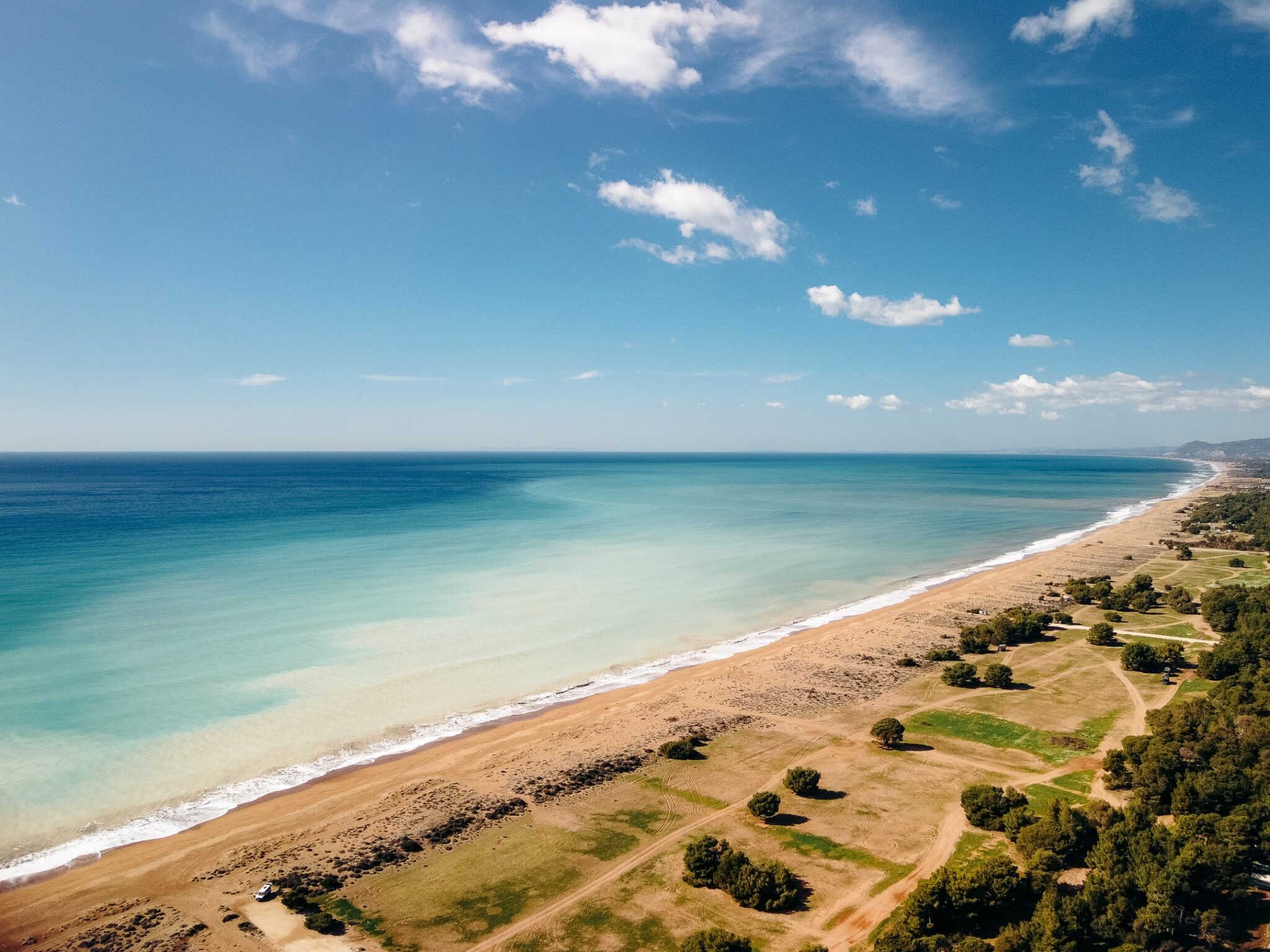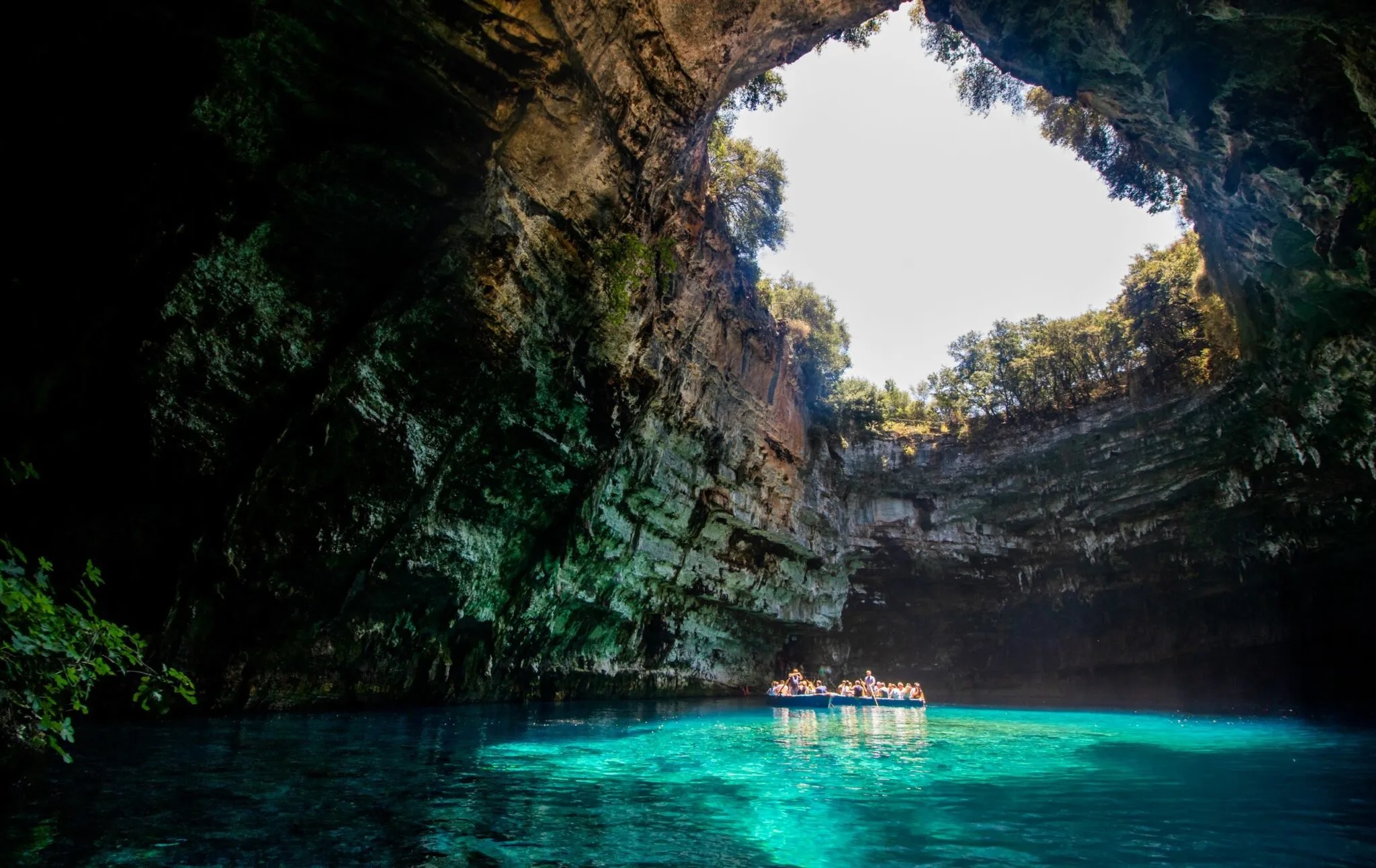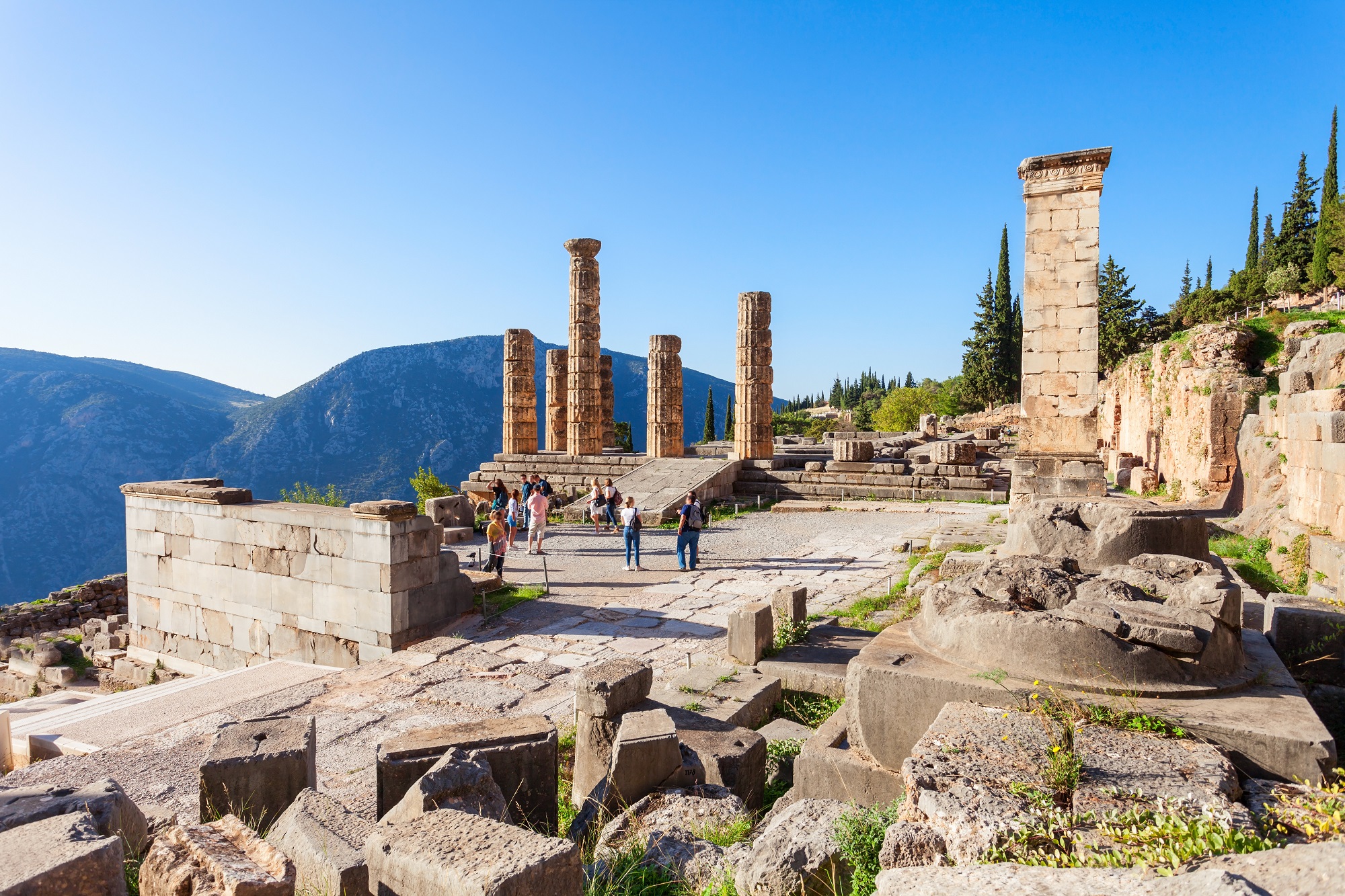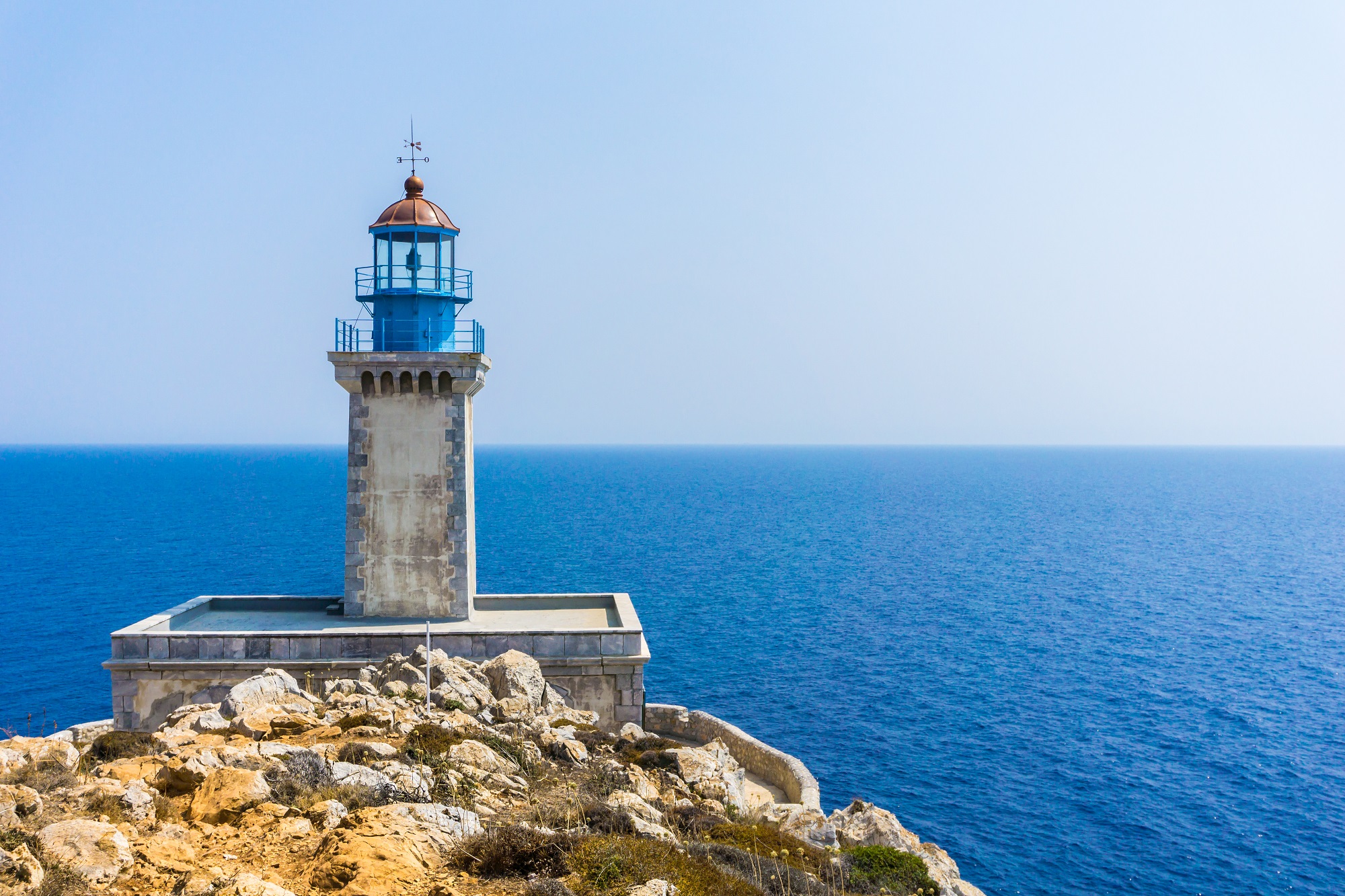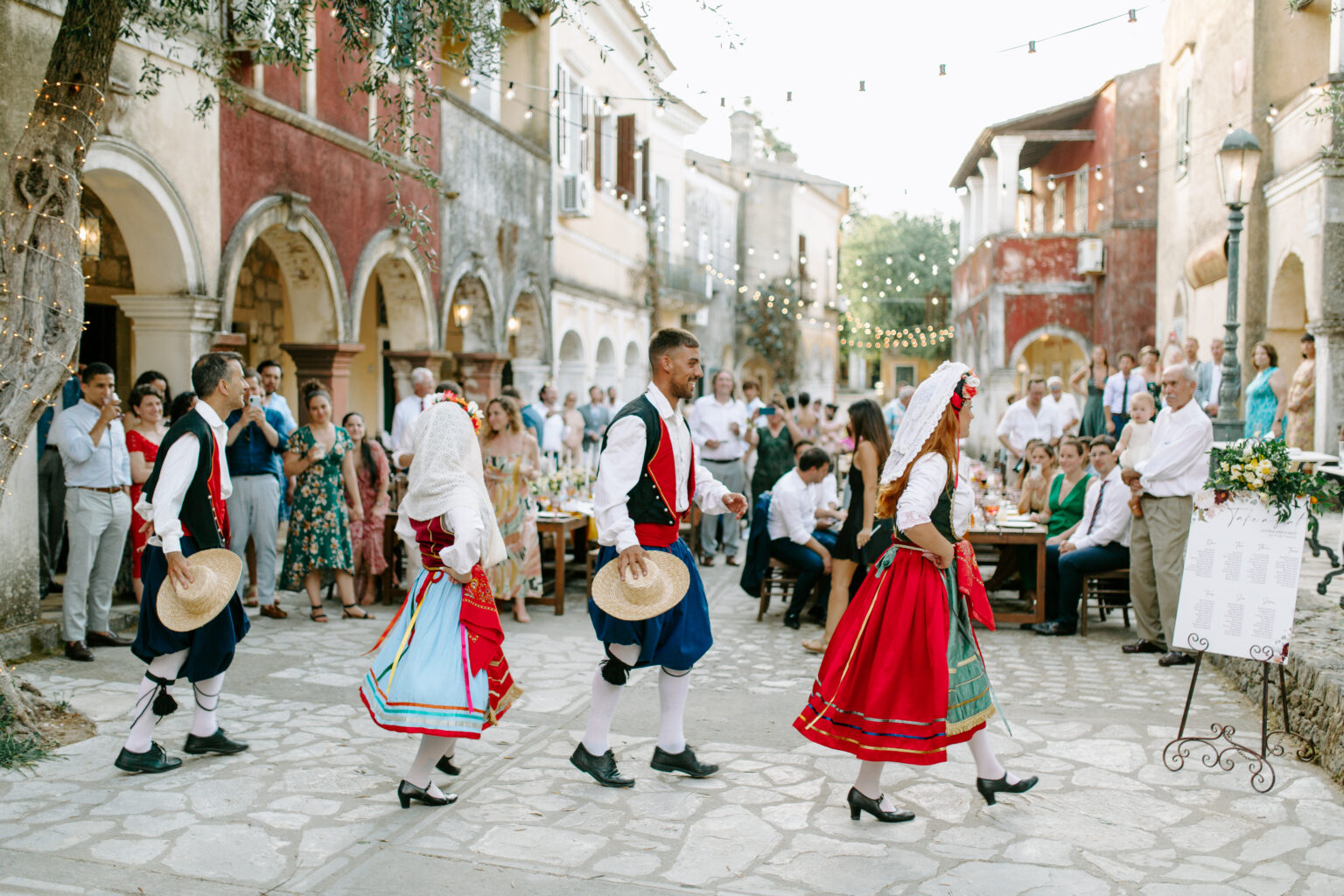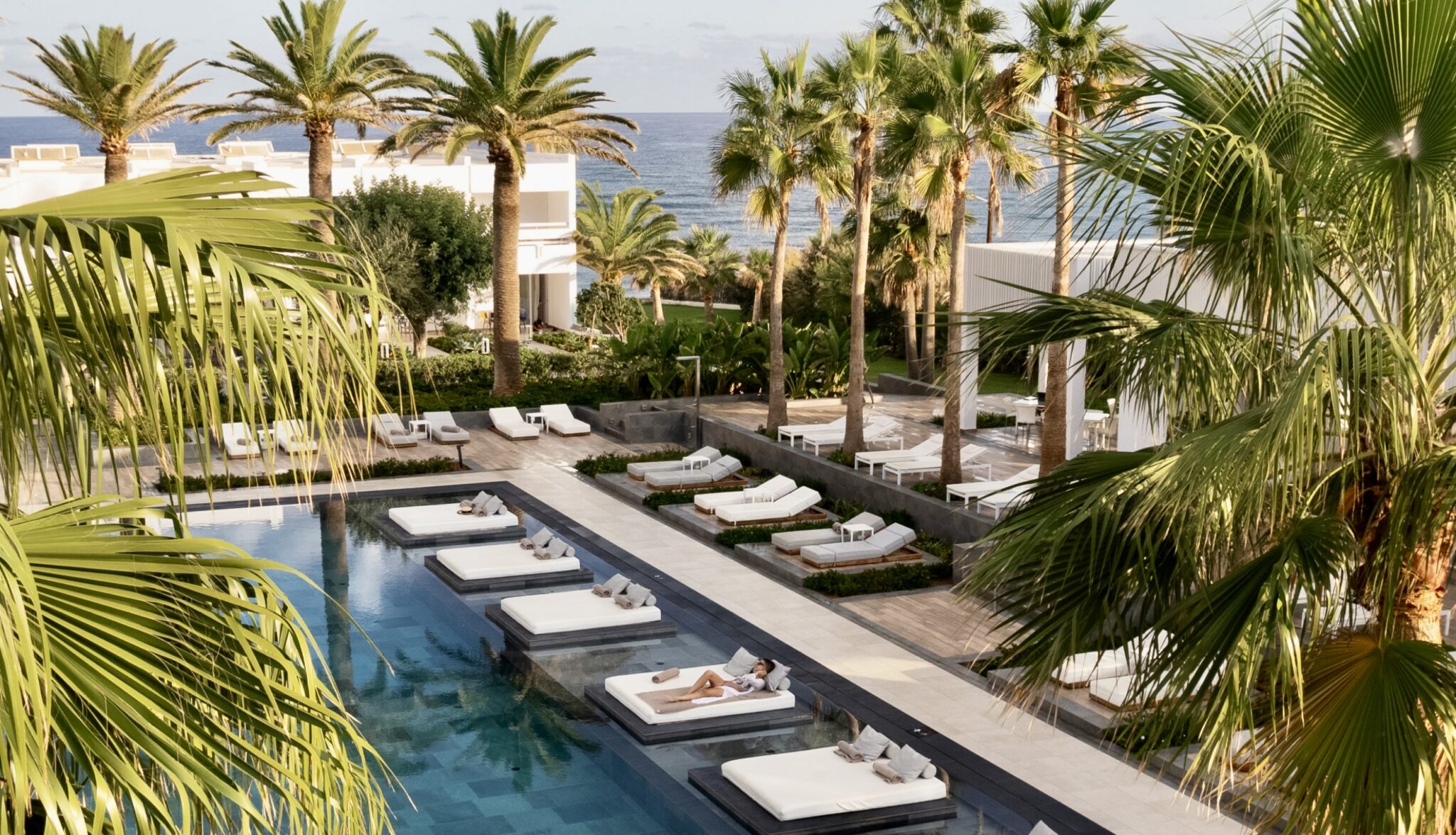This is the time of year when nature is reborn, the time to leave winter behind, head out to rural settings, establish contact with nature, its fragrances and the sea. Early birds can be the first to step on sandy beaches, following winter, and soak in the sun.
The coinciding arrival of the Easter period, now just days away, makes the spring experience even more special, offering the opportunity to see friends, reunite with loved ones and raise glasses to the health of all. Greece, as a whole, offers so many experiences this time of the year. We toured and list ten proposals.
Beach hopping at Halkidiki
At this early stage of spring, the waters in some parts of the country may still be too chilly to dip into, for most, but the beauty of the beaches at Halkidiki, northern Greece, is difficult to resist.
Magical Kassandra, the western peninsula of Halkidiki, offers impressive sandy beaches, turquoise waters, and trees reaching close to the water. Visits to many beaches in this region, including Kryopiyi, Kassandra, Pefkohori, Polyhrono, Sani and Possidi, become marvellous seaside experiences, even if you decide to delay taking a dip for a few more weeks.
Walking at Santorini’s Caldera
At Santorini’s Caldera, a boat takes visitors to Nea Kameni, a small port. Along the way, waters may be seen gusting from the underwater springs. From the port, walks may be taken at this otherworldly site, around the mostly submerged caldera, a cauldron-like volcanic depression.
It takes nearly 30 minutes of walking to reach the volcanic depression. The route offers a succession of surprises. At some points, hot steam may be seen rising from the depths of the earth. Visits here entail walking between lava-blackened stones and rocks. This is an essential experience for all, at least once in a lifetime.
Guided tour of iconic Delos
Delos, a small island in the middle of the Aegean Sea located close to cosmopolitan Mykonos, highlights the magnificence of ancient Greek civilisation. The births, according to Greek mythology, of the god Apollo and the goddess Artemis on Delos transformed the island into a sanctuary, forbidding the birth or death here of any others.
As a result, the neighboring island Rineia, assumed this role, hosting women who were preparing to give birth and individuals approaching the end of life. Nowadays, the entire island of Delos has been classified as an archaeological site. Visiting the island is a truly magical experience, memorable and stirring.
Vineyards of Nemea
In the northeastern Peloponnese, the Nemea region encapsulates the history and culture of the wider region and hosts over 2,500 hectares of superb vineyards. Spring is the ideal time to visit this blessed land when grapes are still growing in preparation to yield the region’s super Agiorgitiko wine.
Take walks at the Nemea vineyards and inhale the scent of the soil and superb spring flowers, which offer some of their fragrance to the wine in the making. We visited some of Nemea’s 33 wineries and tasted some of the superb wines produced in this part of Greece.
Ancient Olympia, a more spiritual travel experience
A trip to Ancient Olympia, birthplace of the ancient Olympics, offers a more spiritual, lasting experience, prompting contemplation about the past and future. A gigantic gold and ivory statue of a seated Zeus, king of the gods, one of the Seven Wonders of the World, stood here during antiquity, until its destruction in the 5th century AD.
Easter outing at eastern Naxos
From the port of Naxos, a trip through the marvellous inland leads to Apeiranthos, a lovely mountain village, followed by a gradual descent to Moutsouna, a picturesque little port. This location features the remains of a cable car system, the first in the Balkans, once used to transport emery when it was in demand and the location was a busy export harbour. It creates the impression of an open-air industrial museum. Emery is the second-hardest form of rock in the world and ideal for sandpaper and other abrasives.
The quality of Naxos’ emery was considered the world’s finest, which, for decades, established emery mining as one of the country’s three most important GDP components, along with raisin and tobacco production.
Whilst in the area, also go to Azalas, a timeless location just 500 metres from Moutsouna, hosting the studio of German sculptor Ingbert Brunk, who uses Naxos marble, exclusively, for his work. The artist’s pieces adorn some of the world’s most luxurious interior spaces, conveying the brilliance and uniqueness of Naxos’ marble, while also ideally combining the Cycladic past with the present. (Ingbert Brunk’s studio: +30 22850 68260 & 6944677617).
Strolling and swimming at Agiannakis beach
The waters at Agiannakis, a gigantic sandy beach at Kyparissia, southwestern Peloponnese, harmoniously co-exist with the locale, including a dense seaside pine forest. This is a tranquil beach offering time and space, reinvigorating visitors with inner strength.
Stroll through the forest trails, take in the scents of spring, and then head back down to the beach. For years, the area has been a steady attraction for visitors from other parts of Europe, arriving in campervans, scattered around, for relaxed stays. The area’s pine, orange, lemon and olive trees, as well as orchards, all offer their scents. A small number of stone buildings exist here. This beach area is spacious, offering privacy for a strong connection with nature, or if preferred, socialising.
Sensational beauty of Melissani Cave in Kefalonia
In Kefalonia, Melissani Cave, a cenote, or sinkhole exposing groundwater as a lake, is an extraordinary setting, a miracle that only nature could create with such virtuosity. The cave is accessed via a manmade entrance leading visitors through a narrow corridor that reaches boats offering fascinating rides. Glorious light flows into the cave through a gigantic hole above, an opening presumably created by an earthquake-induced collapse of the cave’s top. The light flowing through this opening reflects on the groundwater, playing marvellous tricks. The cave features stalactites and a tiny islet at the middle of its lake, where objects linked with the worshipping of the ancient god Pan have been discovered.
Delphi’s archaeological site
Visiting Delphi is a day of culture bringing us closer to the wonders of ancient Greece. Head up the slope of the mountain to the archeological site hosting the oracle shrine. The site’s riveting beauty, splendor of the sanctuary and ruins of other ancient monuments is incredible, making a visit to Delphi an experience balanced between reality and myth.
Cape Tainaron lighthouse
The Cape Tainaron lighthouse is situated in the Peloponnese’s south, at mainland Europe’s southernmost point, where Mount Taygetos ends, between Laconian and Messinian Mani. This is a rugged and rocky area where the waters below are almost constantly turbulent.
The lighthouse, which was built in 1882 and began operating in 1887, is a second-generation Greek lighthouse. It ranks as the most significant of three existing lighthouses in the Mani area. The light it beams is visible from as far as 22 nautical miles away. The lighthouse serves as a reminder of the past and offers direction for the future. We took a lovely walk here along a relatively mild trail requiring less than an hour to cover.
Read also:
5 essential spring Arachova experiences
Easter in Corfu, and 3 more reasons to fall for this beautiful island of the Ionian sea
Weekend on Kythnos: Island close to Athens features 104 beaches



